The Danios are a very species-rich group of small to medium-sized carp fish, usually less than 10 cm in length. Most species have bright, iridescent colors and are excellent aquarium fish, some of which are standard in the global ornamental fish trade. The variety of forms makes it extremely difficult to get a complete overview of the Danios, especially as dozens of species are still awaiting scientific study and therefore do not even have a proper name. For a long time, therefore, no genera were distinguished at all and all Danios were assigned to the genus Danio (type species: Danio dangila), sometimes small species with an incomplete lateral line were placed in Brachydanio (type species: D. albolineatus), but then Brachydanio was merged with Danio again. The often somewhat larger species without conspicuous barbels were then separated into the genus Devario (type species: D. devario) and particularly conspicuously vertically striped species into Inlecypris (type species: D. auropurpureus). As there is still no study that examines all species comparatively, there is also no consensus among scientists about the genus classification. Two genera are recognized as the minimum compromise, so to speak, namely Danio and Devario. Within Devario there are at least two groups that can be distinguished on the basis of the color pattern, namely one in which the anterior half of the body shows only vertical stripes (Inlecypris) and a second that also shows a horizontally arranged stripe or dot pattern in the anterior half of the body (Devario). It can be considered certain that at least 5 further genera must be distinguished in an overall revision of the complex.
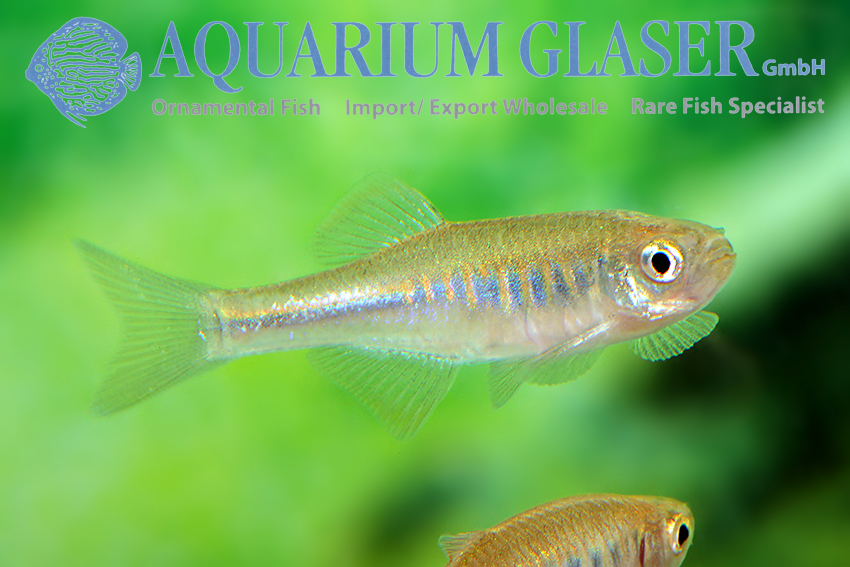
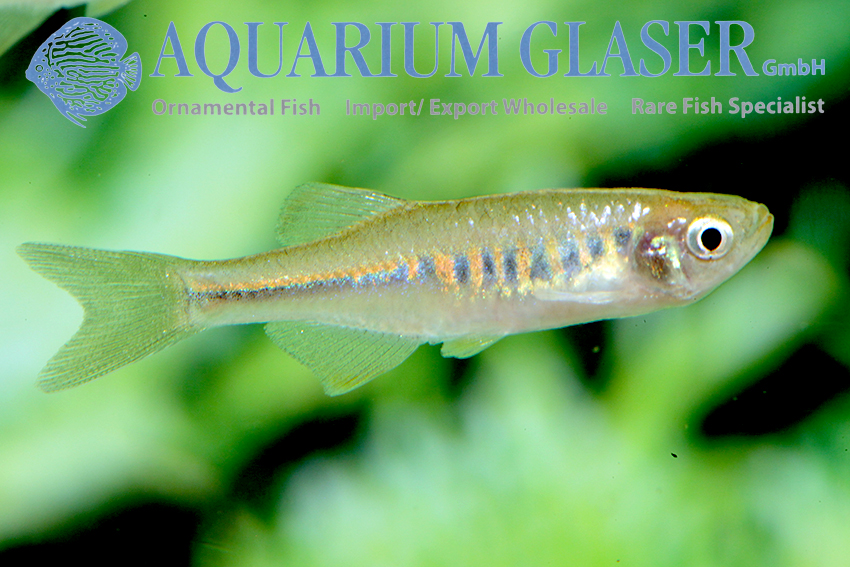
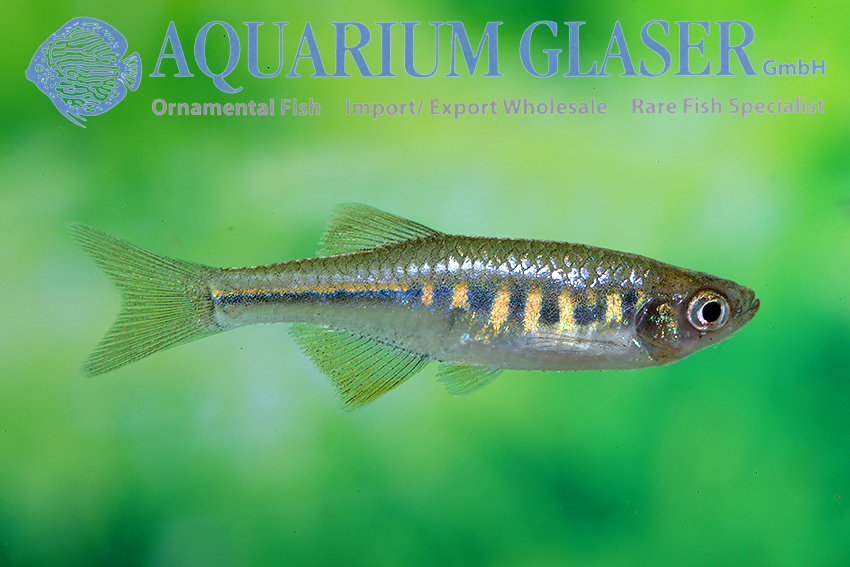
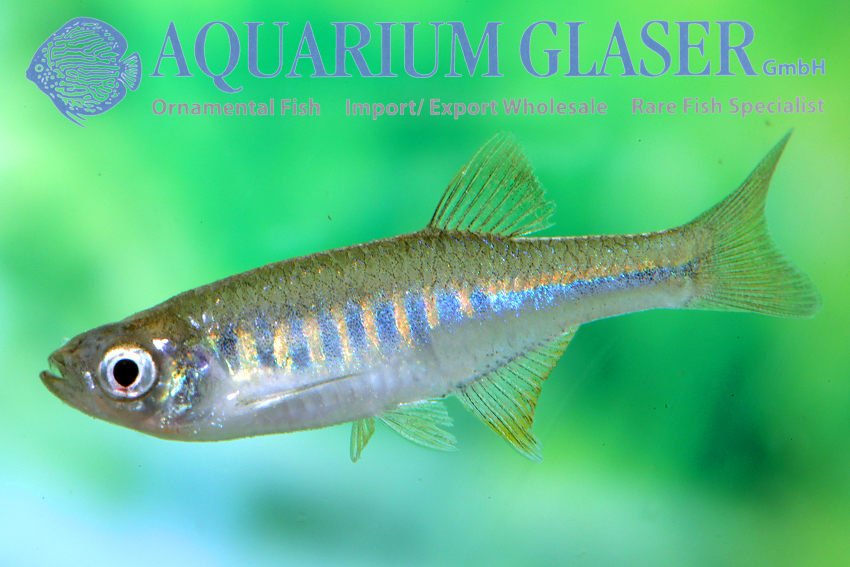
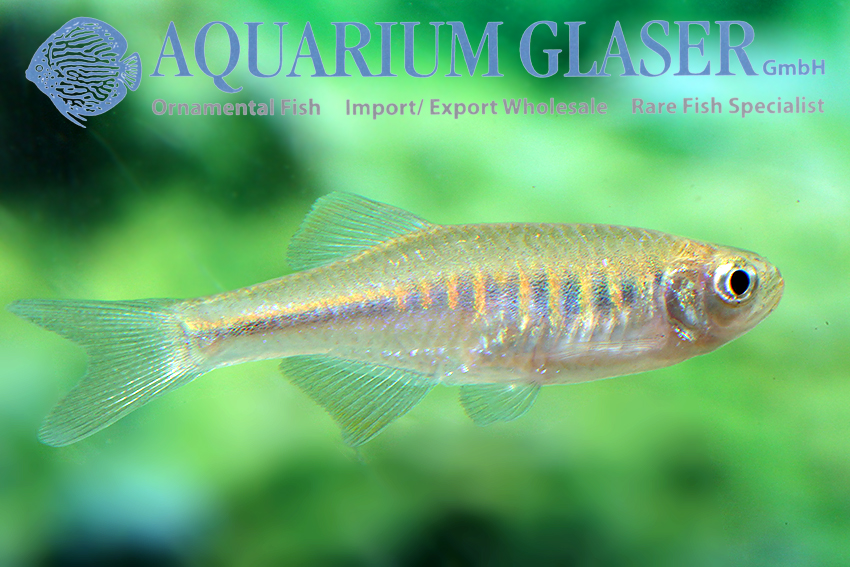
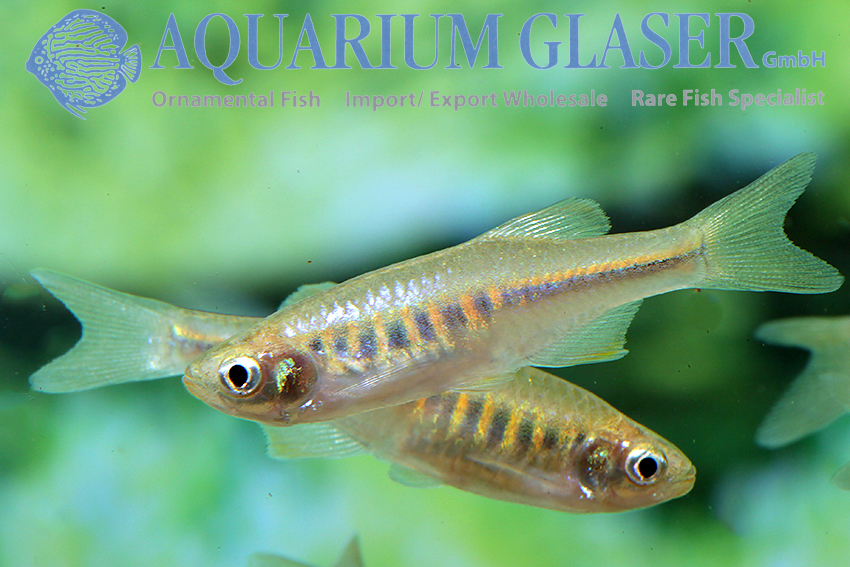
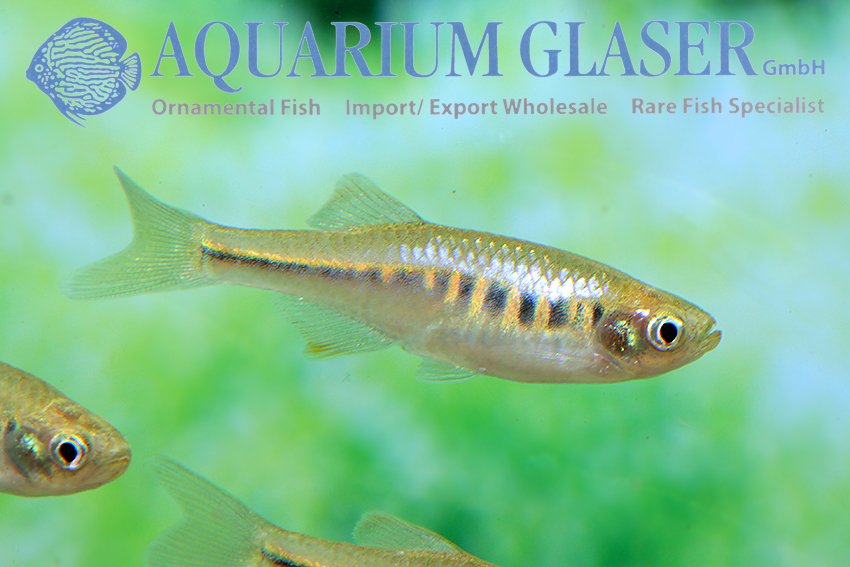
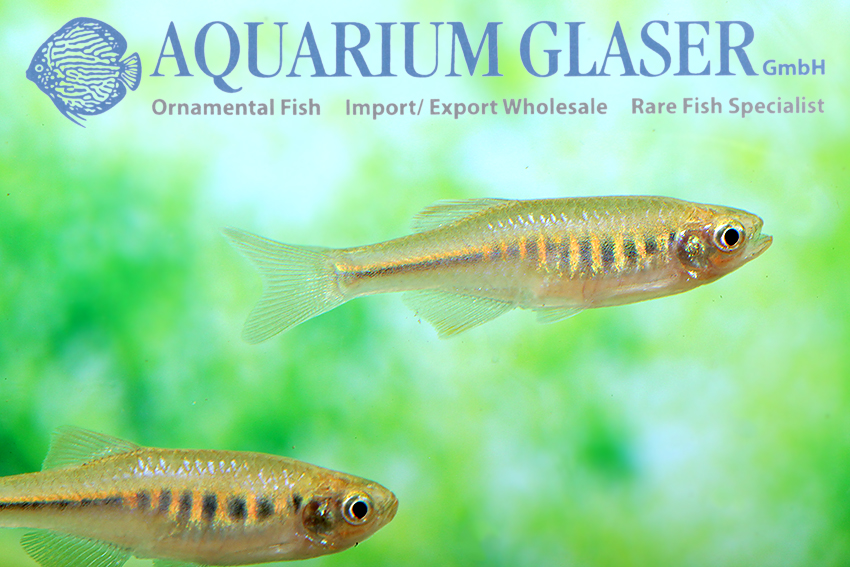
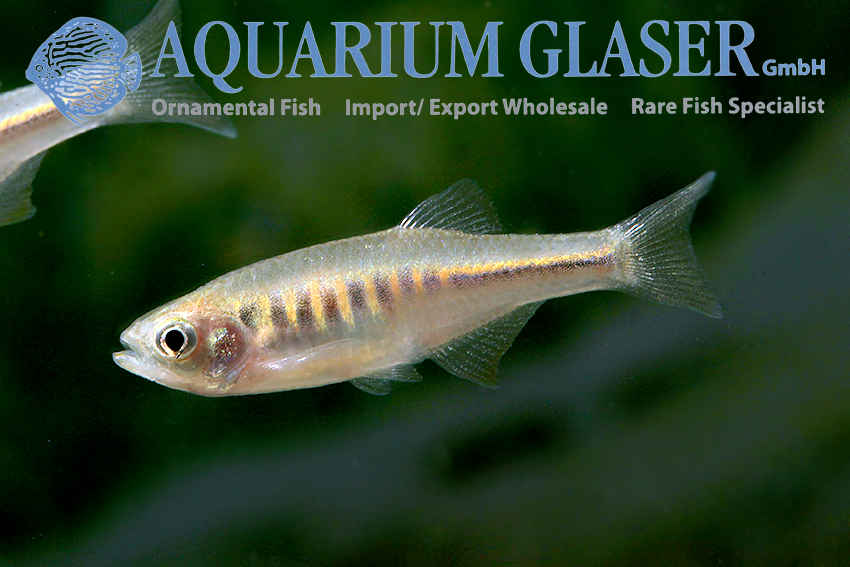
As a result, the small Danio D. maetaengensis, which originates from Thailand and was only scientifically described in 1997, has already been classified in three genera, namely originally in Danio, then in Devario and then in Inlecypris, and finally in Devario again. Fortunately, from an aquaristic point of view this doesn’t really matter. They are very pretty, lively Danios that can reach a maximum length of 5 cm, but usually remain somewhat smaller. Incidentally, the species was discovered in 1933 by R. M. de Schauensee about 50 km north of Chiang Mai. This also shows that there is a backlog of research on Danios. D. maetaengensis occurs exclusively in the drainage of the Nam Mae Taeng River in northern Thailand.
In the wild, these Danios inhabit small flowing waters without underwater plants. Care and breeding do not differ from other Danios, any drinking water is suitable for keeping them. The animals love to play in the current. The water temperature should be in the room temperature range (20-26°C) and not permanently high.
For our customers: the animals have code 414412 on our stock list. Please note that we only supply the wholesale trade.
Text & photos: Frank Schäfer




